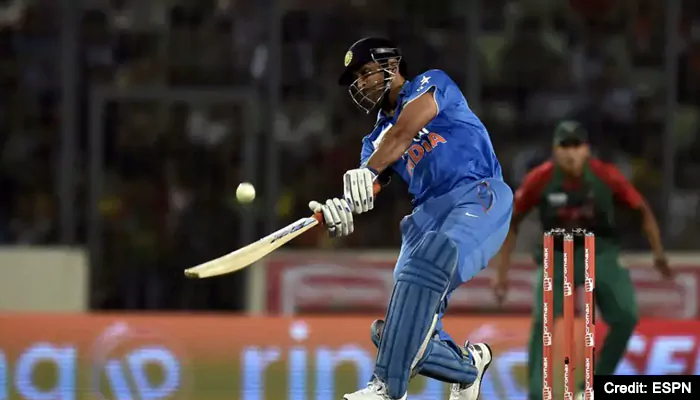
Let’s witness the sport of mallakhamba, a fusion of wrestling heritage and aerial finesse!
Mallakhamba, a traditional sport hailing from the Indian subcontinent, involves a collective of gymnasts executing aerial yoga and gymnastic poses while using wrestling techniques alongside a vertical pole fixed in place. The term "mallakhamb" not only denotes the sport itself but also encompasses the pole utilized in its practice, typically crafted from sheesham (Indian rosewood) and polished with castor oil.
Origin of the word
The roots of pole dancing can be traced back to the origins of mallakhamba. The name "mallakhamba" originates from the combination of "malla," meaning wrestler, and "khamb," signifying a pole, quite literally translating to "wrestling pole." This term signifies a traditional training tool employed by wrestlers.
Recognizing its cultural significance and athletic prowess, on April 9, 2013, the Indian state of Madhya Pradesh honoured mallakhamba by declaring it the state sport. Subsequently, over 20 other states in India have followed suit, acknowledging its importance and legacy.
History of the sport
Mallakhamba's history spans centuries, from ancient Chandraketugarh pottery to Xuanzhang's observations in the 7th century CE. The Sanskrit classic Manasollasa in 1135 CE marks its literary mention, followed by depictions in Rajput and Mughal paintings. Interest waned until Balambhatta Dada Deodhar revived it, and its competitive side emerged in 1958 at the National Gymnastics Championships. From 1981, the Mallakhamb Federation of India steered its organization, hosting national championships. The sport, encompassing pole, hanging, and rope variations, gained ground, notably with Himani Uttam Parab's victory in the World Mallakhamb Championship 2019.
Variations
Variations of mallakhamba include adaptations with a cane or rope instead of the conventional pole.
The first variation which is a basic one is the Pole Mallakhamba. In this rendition, a vertical wooden pole, typically fashioned from teak or sheesham, stands firmly entrenched in the ground. Coated with castor oil to reduce friction, it serves as the stage for a display of acrobatics and daring poses. The primary design in competitions features a standalone, straight pole, reaching a towering 2.6 meters (8.5 ft) and measuring 55 centimeters (22 in) in circumference at its base, gradually narrowing to 35 centimeters (14 in) at its apex.
Another variation, hanging mallakhamba resembles pole mallakhamba but employs a shorter wooden pole suspended by hooks and a chain, differing from the grounded pole in traditional practices. This setup creates space between the mallakhamba and the ground, distinguishing it from the standard anchored version.
In yet another variation the rope mallakhamba, practitioners engage in exercises suspended on a rope affixed to a top support. Typically measuring 5.5 meters (18 ft) in length and 1 to 2 centimeters (0.39 to 0.79 in) in diameter, the rope is skillfully held in the gap between the big toe and the second toe, alongside one or both hands. Ascending the rope, performers intricately loop it around their bodies through a series of steps, assuming diverse positions known as "Udi," mirroring traditional asanas.
The evolution of mallakhamba echo a legacy woven through centuries, from its humble beginnings as a training tool for wrestlers to its rightful recognition as a state sport in various regions of India.












